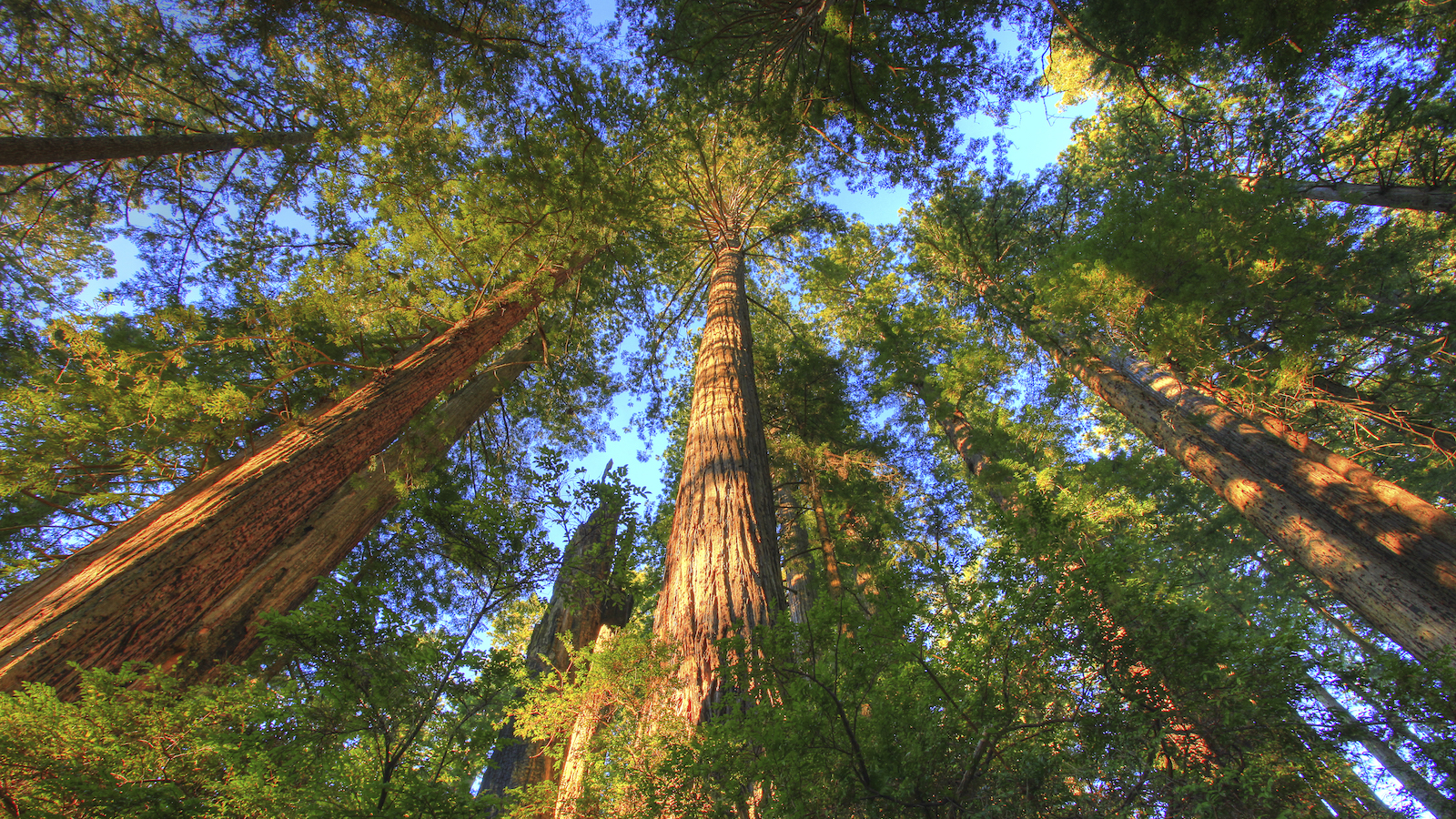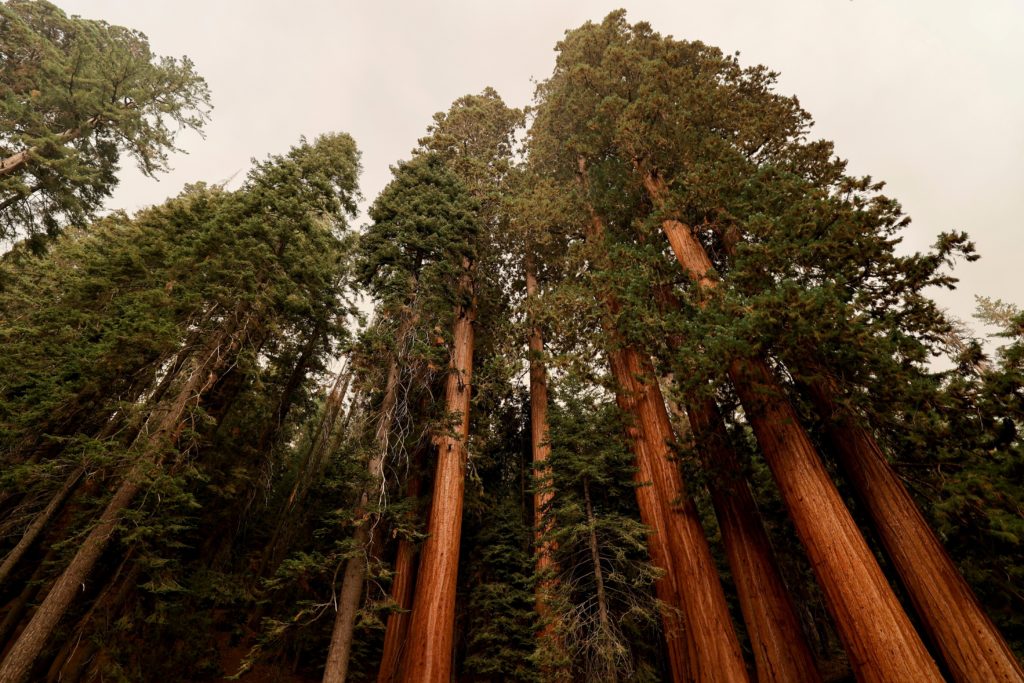In America, ancient trees such as sequoias, beeches, and ashes have stood for centuries, with some even predating the Roman Empire. These ancient giants are increasingly recognized as vital for combating climate change and preserving biodiversity.
President Joe Biden has committed to protecting these old growth forests and ensuring that both current and future mature forests are preserved, acknowledging their role in absorbing about 10% of the country’s carbon emissions and supporting clean water and wildlife habitats.
However, there is controversy surrounding the implementation of Biden’s conservation plans. The US Forest Service, responsible for managing national forests and a significant portion of the country’s old growth, has not included mature trees in its new conservation strategy.
Conservationists argue that the plan has loopholes that permit continued logging of centuries-old trees and that required reviews of logging projects are not being properly conducted, endangering the remaining old growth forests.

Chad Hanson, a forest ecologist and co-founder of the John Muir Project, criticizes the Forest Service for not adhering to Biden’s directives. He claims that current logging projects are targeting the last remaining old growth trees and accuses the Forest Service of favoring the logging industry over environmental protection. Hanson believes this situation threatens the opportunity to safeguard these irreplaceable forests.
Between December and April, the Forest Service approved numerous logging projects affecting over 116,000 acres of old growth forests and is considering additional projects. Major logging operations are planned across the US, including large-scale deforestation in California, Montana, and Vermont.
These approvals have continued despite Biden’s executive order aimed at protecting old growth trees, leading to a 24% increase in logging during his presidency, contrary to his commitment to halt deforestation by 2030.
The Forest Service defends its approach by highlighting a reduction in logging rates compared to previous decades and asserting that it is working to protect and improve old growth conditions.
However, critics argue that the agency’s actions contradict its stated goals, with some seeing it as a rush to log before more restrictive policies are implemented. They view the increased logging as unjustifiable and detrimental to the preservation of old growth forests.
Environmentalists are taking legal action to prevent logging and have engaged in protests to protect endangered forests. Scientists have warned that Biden’s climate legacy is at risk if stronger measures are not taken to protect ancient trees. The renewed conflict over forest preservation echoes the “timber wars” of the 1970s, which were pivotal in saving the remaining old growth forests.
Old growth trees, such as California’s giant sequoias and bristlecone pines, are among the oldest living organisms on Earth, with some exceeding 3,000 years in age. Historically, these trees were undervalued and viewed primarily as timber sources. Today, their ecological significance is better understood, as they contribute to carbon sequestration, water filtration, fire resistance, and wildlife habitat.
Scientific evidence shows that old trees play a crucial role in forest ecosystems, including moisture regulation, nutrient distribution, and carbon storage. Their loss not only destroys habitat but also releases significant amounts of stored carbon into the atmosphere. As such, there is a growing consensus that protecting these trees is essential for maintaining ecological balance and combating climate change.
The Forest Service’s historical approach to forest management has prioritized timber production over conservation, leaving a small fraction of old growth forests remaining. While logging has decreased since the 1990s, the recent increase in logging activity under the Biden administration has raised concerns.
Despite policy shifts toward ecological preservation, the Forest Service continues to focus on timber targets and is criticized for its management practices.
The Biden administration’s efforts to address forest loss have sparked both hope and skepticism. Environmentalists welcomed Biden’s pledge to protect old growth forests, viewing it as a potential turning point in forest conservation.
However, challenges persist, including the lack of clear definitions for old growth and the ongoing debate over forest management practices. Critics argue that more robust action is needed to prevent further damage to these vital ecosystems.

